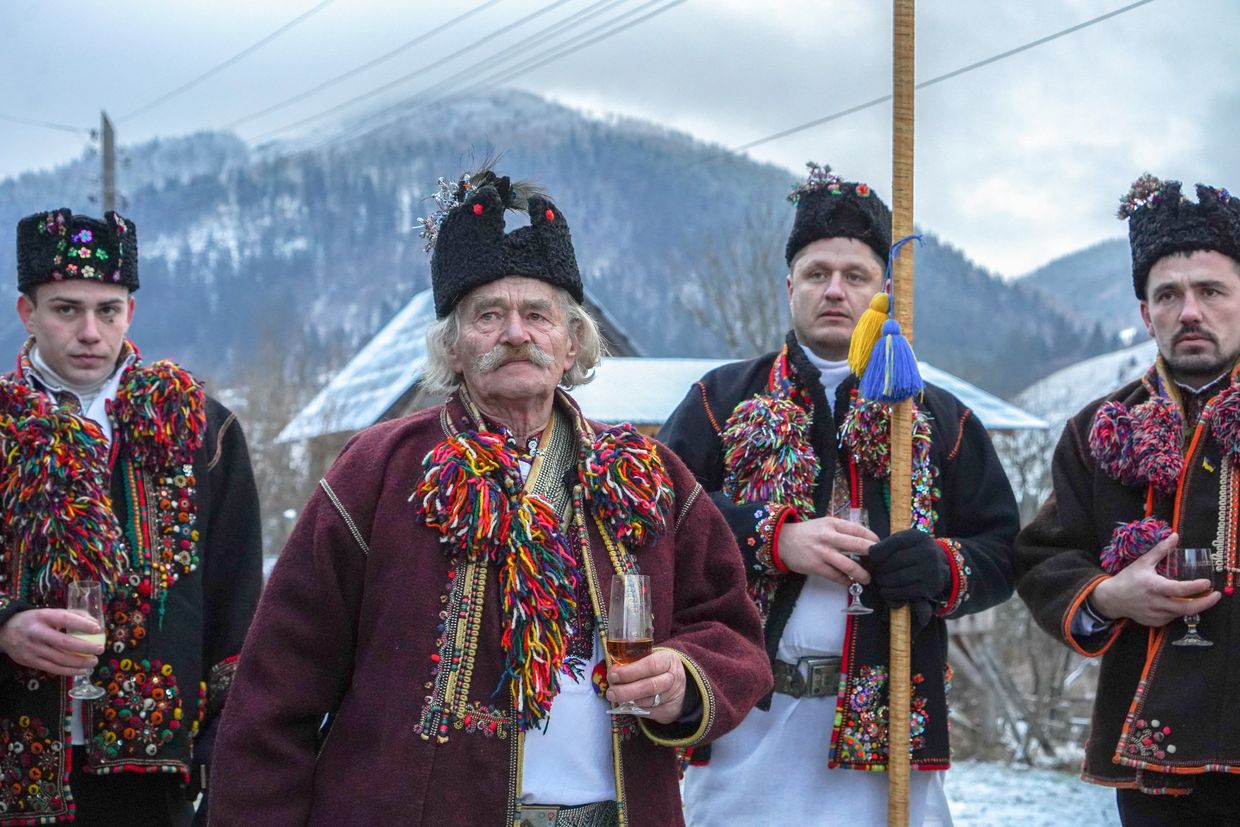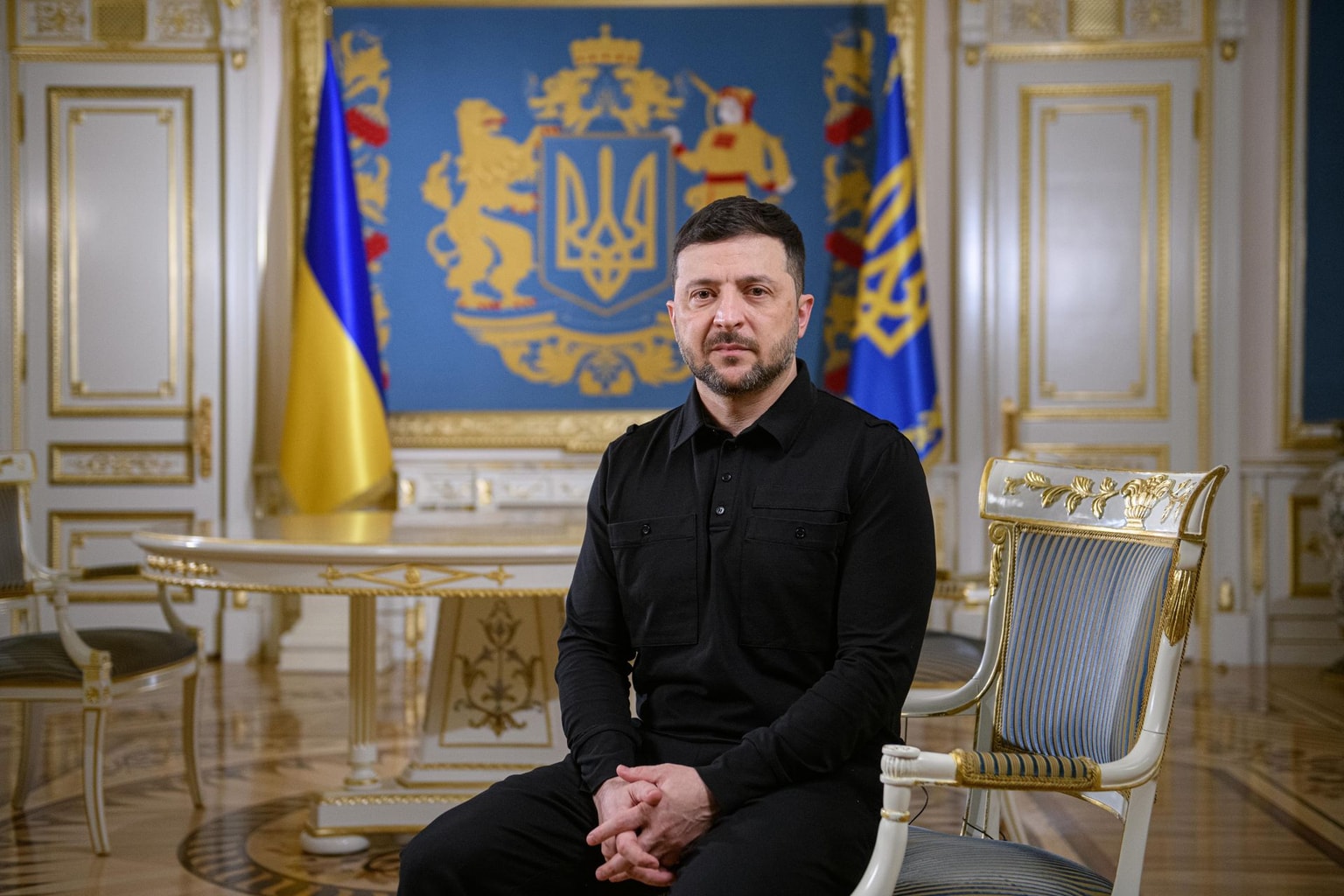Russian tanker fuel spill could reach Ukraine's coast, Navy warns

The fuel spilled into the Black Sea by two Russian tankers last month could reach Ukraine's southern coast in the Mykolaiv and Odesa oblasts, Navy spokesperson Dmytro Pletenchuk said on air on Jan. 9.
Volgoneft 212 and Volgoneft 239 suffered severe damage in the Kerch Strait during a storm on Dec. 15, 2024. Each vessel reportedly carried 4,000 tons of fuel, which began leaking into the Black Sea.
"The current direction indicates that, most likely, the oil fuel can reach our Odesa and Mykolaiv oblasts' coasts," Pletenchuk said on national television.
Greenpeace Ukraine warned the spill may cause "significant" environmental damage and foul the shoreline if the fuel is driven ashore.
The spokesperson noted that Russian civilian vessels continue to sail through the Kerch Strait since "without oil exports and subsequent profits, it will be even more difficult for them to wage this war."
Days after the spill, the oil fuel washed ashore in Russia's Krasnodar Krai and the Russian-occupied Crimea. Krasnodar Krai residents shared footage of birds injured by the spill and unable to fly.
Russia's full-scale war against Ukraine has caused massive environmental damage, including the destruction of the Nova Kakhovka Dam and subsequent flooding, widespread forest fires, and the devastation of wide stretches of farmland.
In October 2024, the Kyiv School of Economics Institute warned that Russia's "shadow fleet" of old and poorly insured tankers poses significant environmental risks, as these often uninsured and aging vessels increase the danger of oil spills.













